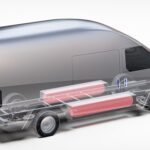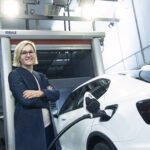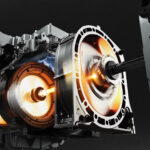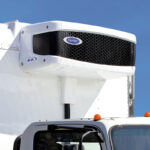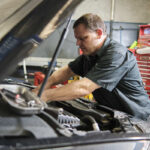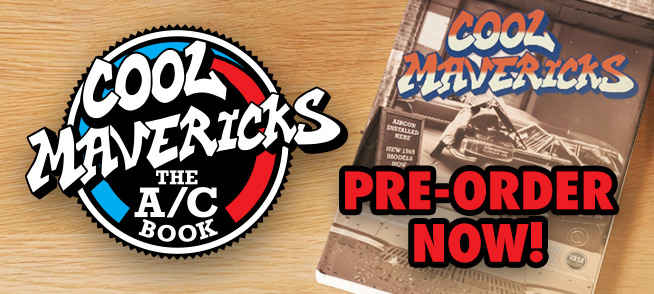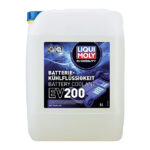
A high-performance liquid coolant for electric vehicle batteries has been created by automotive chemicals specialist Liqui Moly, which says its Battery Coolant EV 200 product has been specifically designed for use in ‘indirect battery cooling systems’. Liqui Moly says the new fluid provides excellent corrosion protection, long-term stability, and low conductivity throughout its service life. … Continue reading Liqui Moly develops thermal management liquid for electric vehicle batteries


